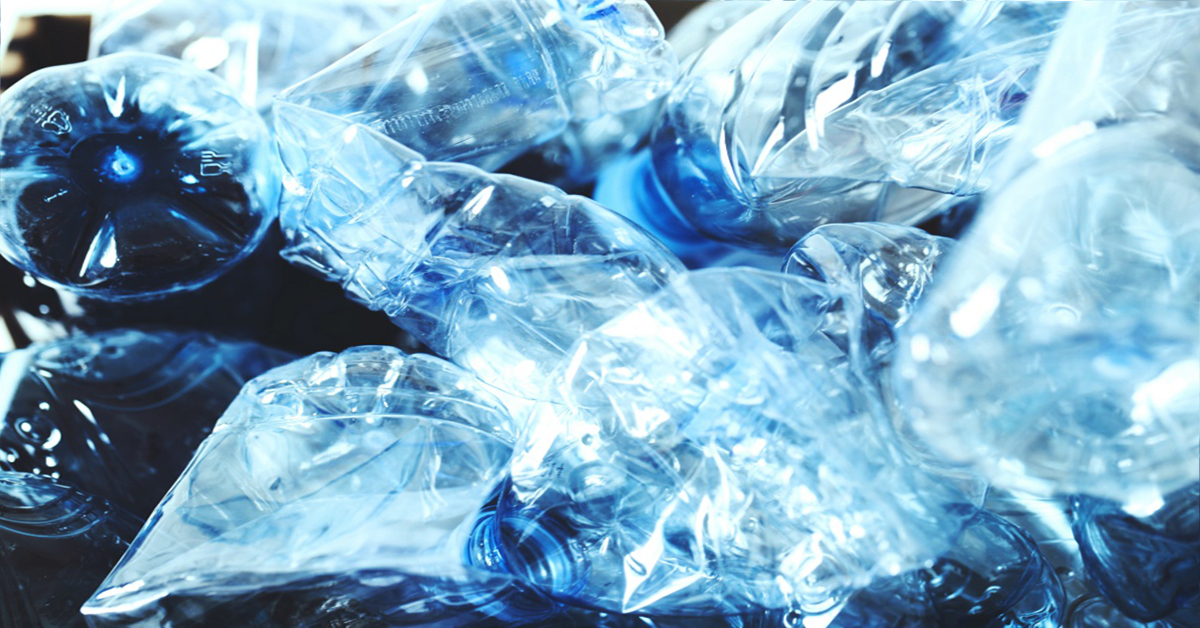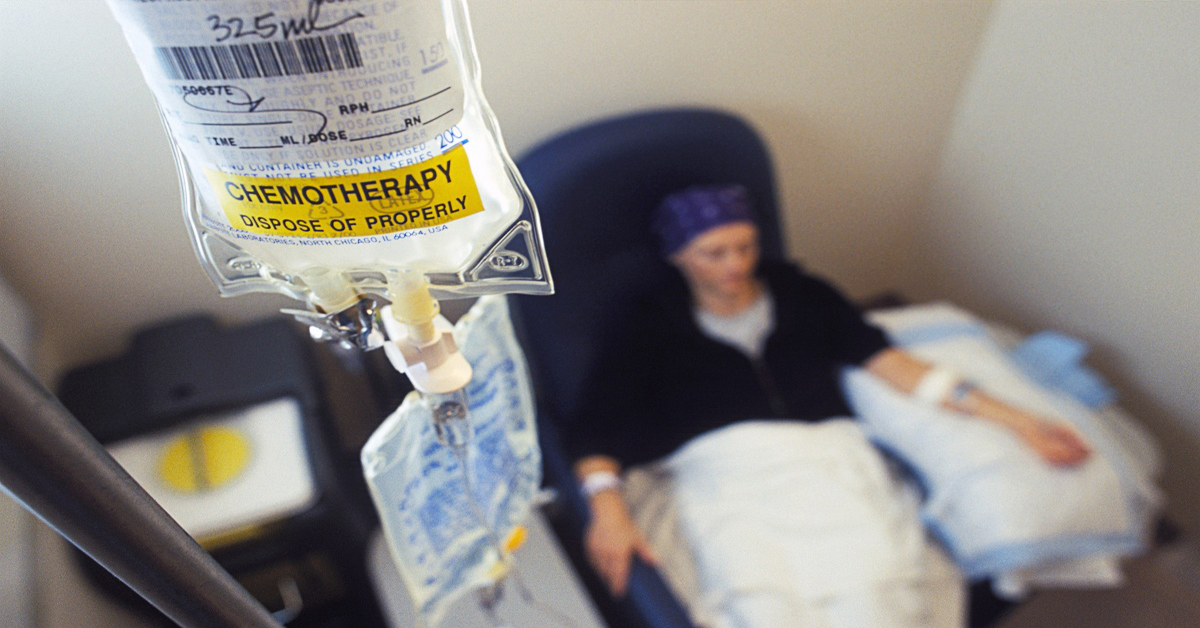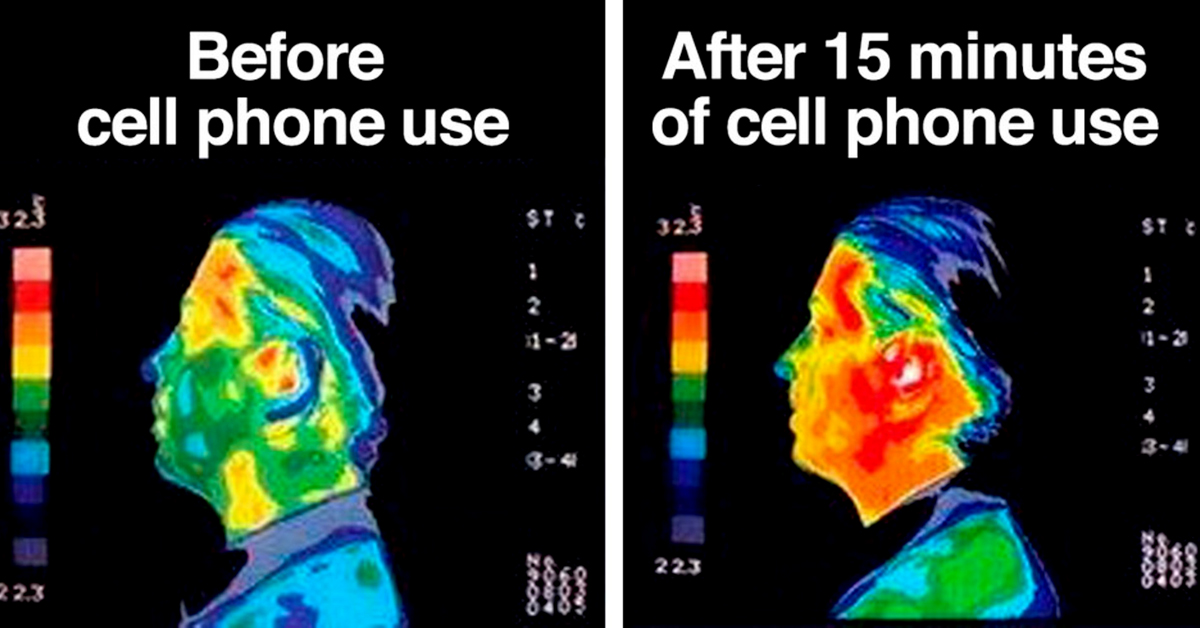
Why You Should Never Eat a Hot Dog Again
Would you still eat hot dogs if you knew they caused Cancer?
Hotdogs are a picnic and cookout staple, on average Americans consume over 20 billion of them a year, 115 million on the fourth of July alone! Like many harmful foods that grace our grocery store shelves today they are filled with chemical additives and preservatives that do no good for our bodies.
Everybody enjoys a good hot dog every now and again, but did you know that Hot dogs have been linked to many types of cancers including childhood Leukemia. Recent and past Studies have shown, Children who eat more than 12 hot dogs a month develop childhood leukemia more than nine times as often as normally expected. Children who ate hot dogs once a week doubled their chances of brain tumors, with twice a week they tripled.
Hot dogs and other “cured” meat products typically contain chemical additives such as sodium nitrite, a color and anti-bacterial preservative that has long been suspected as promoting cancer.
The following Question and Answer section will give you all the information that is important for you to know. The information came from the Cancer Prevention Coalition; http://www.preventcancer.com
Q. What’s wrong with hot dogs?
A. Nitrite additives in hotdogs form carcinogens.
Petition to ban nitrites Three different studies have come out in the past year, finding that the consumption of hot dogs can be a risk factor for childhood cancer.
Peters et al. studied the relationship between the intake of certain foods and the risk of leukemia in children from birth to age 10 in Los Angeles County between 1980 and 1987. The study found that children eating more than 12 hot dogs per month have nine times the normal risk of developing childhood leukemia. A strong risk for childhood leukemia also existed for those children whose fathers’ intake of hot dogs was 12 or more per month.
Researchers Sarusua and Savitz studied childhood cancer cases in Denver and found that children born to mothers who consumed hot dogs one or more times per week during pregnancy has approximately double the risk of developing brain tumors. Children who ate hot dogs one or more times per week were also at higher risk of brain cancer.
Bunin et al, also found that maternal consumption of hot dogs during pregnancy was associated with an excess risk of childhood brain tumors.
Q. How could hot dogs cause cancer?
A. Hot dogs contain nitrites which are used as preservatives, primarily to combat botulism. During the cooking process, nitrites combine with amines naturally present in meat to form carcinogenic N-nitroso compounds. It is also suspected that nitrites can combine with amines in the human stomach to form N-nitroso compounds. These compounds are known carcinogens and have been associated with cancer of the oral cavity, urinary bladder, esophagus, stomach and brain.
Q. Some vegetables contain nitrites, do they cause cancer too?
A. It is true that nitrites are commonly found in many green vegetables, especially spinach, celery and green lettuce. However, the consumption of vegetables appears to be effective in reducing the risk of cancer. How is this possible? The explanation lies in the formation of N-nitroso compounds from nitrites and amines. Nitrite containing vegetables also have Vitamin C and D, which serve to inhibit the formation of N-nitroso compounds. Consequently, vegetables are quite safe and healthy, and serve to reduce your cancer risk.
Q. Do other food products contain nitrites?
A. Yes, all cured meats contain nitrites. These include bacon and fish.
Q. Are all hot dogs a risk for childhood cancer?
A. No. Not all hot dogs on the market contain nitrites. Because of modern refrigeration methods, nitrites are now used more for the red color they produce (which is associated with freshness) than for preservation. Nitrite-free hot dogs, while they taste the same as nitrite hot dogs, have a brownish color that has limited their popularity among consumers. When cooked, nitrite-free hot dogs are perfectly safe and healthy.
Sources:
http://www.ncbi.nlm.nih.gov/pubmed/10453449
http://www.preventcancer.com/patients/children/hotdogs.htm
http://www.encognitive.com/node/3210






